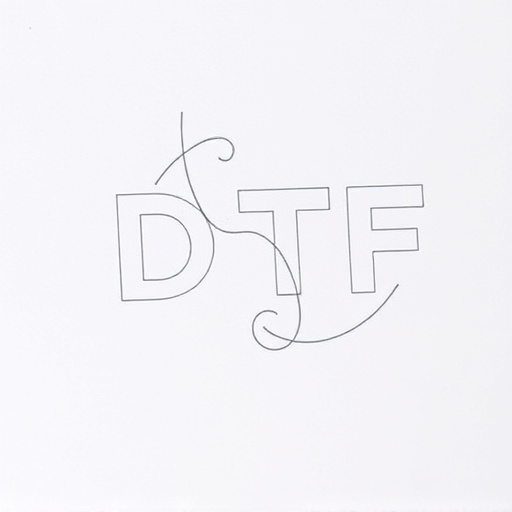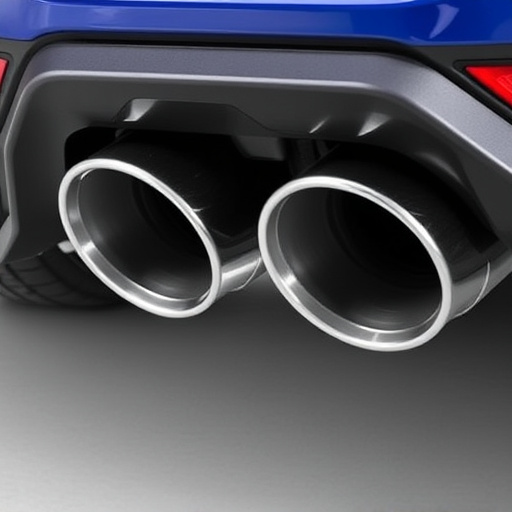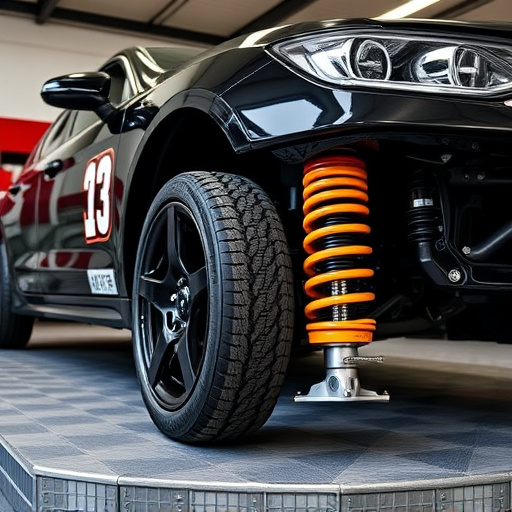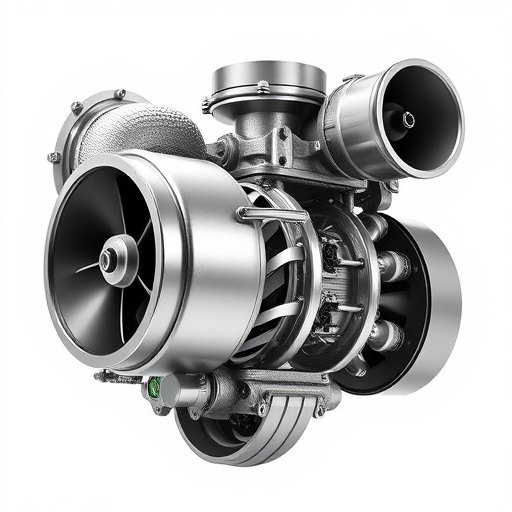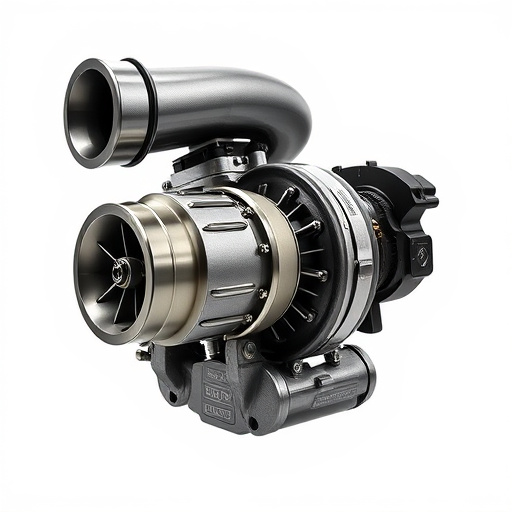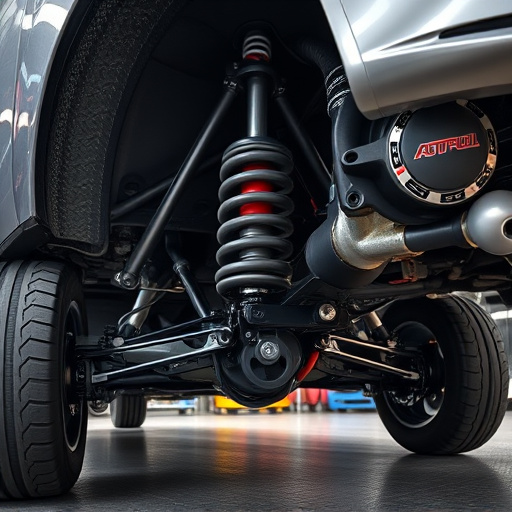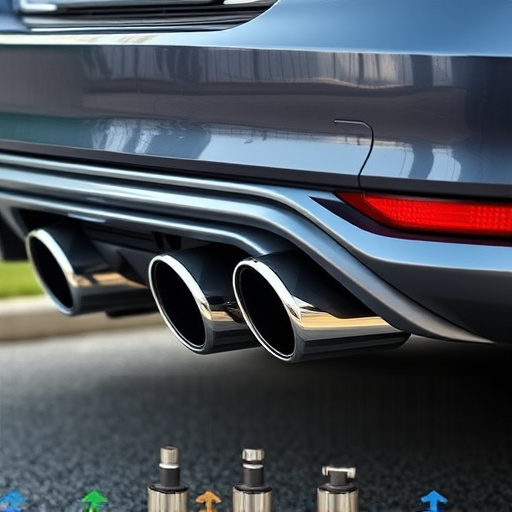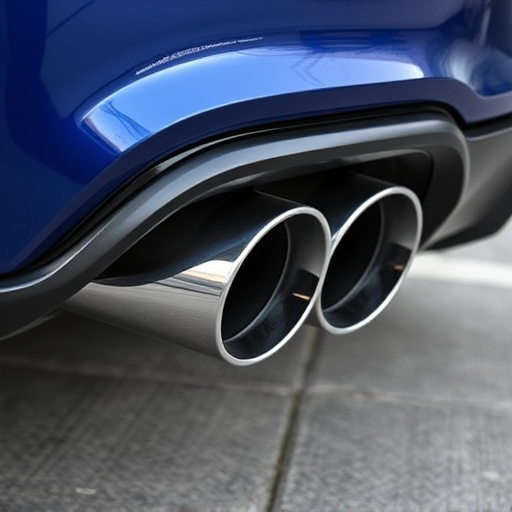Noise from blow off valves often stems from interactions with components, wear, or misaligned air intake systems. Diagnose issues by observing sound characteristics and examining valve parts, exhaust tips, and surrounding components. Solutions include sound-dampening materials, exhaust tips with baffle systems, and modifying air intakes with silencers or resonators to reduce noise and enhance performance.
Unwanted noise from your car’s blow off valve can be a nuisance, but understanding and addressing the root cause is easier than you think. This comprehensive guide breaks down common noise sources in blow off valves, helps you diagnose specific issues, and offers effective solutions for a quieter ride. Whether it’s a banging sound, whistling, or droning hum, this article equips you to silence your car’s blow off valve once and for all.
- Understanding Common Noise Sources in Blow Off Valves
- Diagnosing the Root Causes of Unwanted Sounds
- Effective Solutions for Silencing Blow Off Valves
Understanding Common Noise Sources in Blow Off Valves
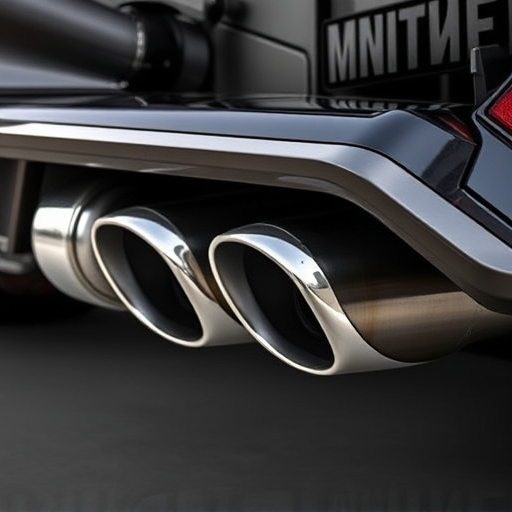
Noise issues with blow off valves can often stem from various sources within the vehicle’s engine bay. Understanding these common noise culprits is an essential first step in troubleshooting. One of the primary factors contributing to unwanted sounds is the interaction between the valve and its surrounding components, especially during rapid opening and closing cycles. High-performance parts, such as modified intake manifolds or turbocharged engines, can intensify these noises due to increased pressure differentials.
Additionally, improper installation or wear over time of brake components, including the blow off valve itself, may lead to rattling or clicking noises. Even the air intake systems’ design and layout can play a role; misaligned or poorly sealed tubes and hoses could create vibrations that amplify into audible noise. By identifying these noise sources, car enthusiasts and mechanics alike can effectively pinpoint the issue and implement suitable solutions for a quieter and smoother driving experience.
Diagnosing the Root Causes of Unwanted Sounds
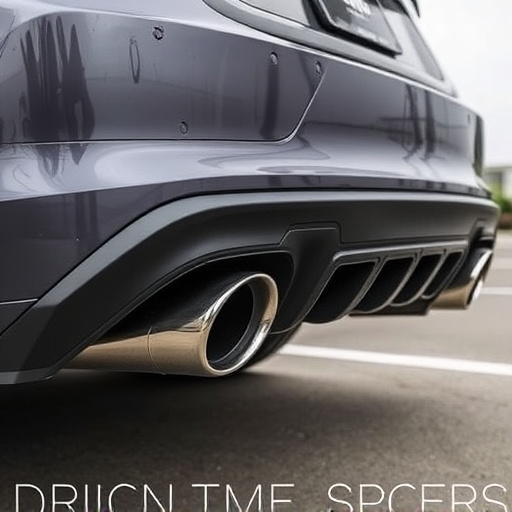
Unwanted noises from blow off valves can stem from various root causes, and diagnosing the specific issue is a crucial first step in effective troubleshooting. Start by evaluating the sound’s characteristics – is it a high-pitched squeal, a deep rumble, or something in between? This initial observation can point towards potential problems within the air intake systems or exhaust tips.
Consider the overall condition of the valve and its components. Worn-out gaskets, damaged seals, or misaligned parts can all contribute to these noises. Moreover, examine the surrounding areas, as issues with nearby exhaust systems could also be the culprit, leading to vibrations or noise propagation.
Effective Solutions for Silencing Blow Off Valves
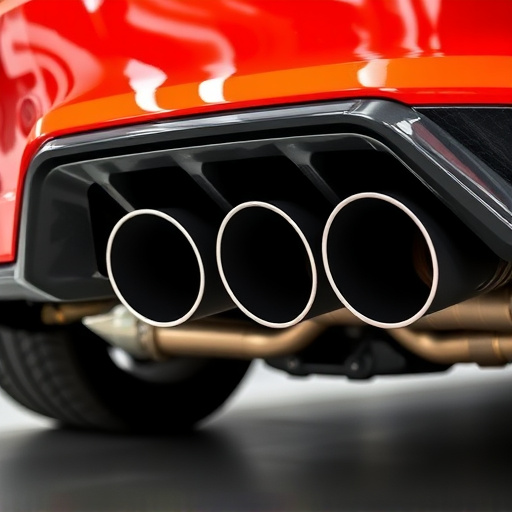
Noise issues with blow off valves can be effectively addressed through several solutions tailored to enhance both performance and quietness. One proven method involves integrating sound-dampening materials around the valve, such as specialized foam or acoustic blankets. These materials absorb excess noise, significantly reducing the audibility of the blow off event. Additionally, installing exhaust tips with built-in baffle systems can substantially muffle the sound generated during venting, ensuring a quieter driving experience without compromising performance.
Moreover, modifying air intake systems by incorporating silencers or resonators upstream of the blow off valve can further suppress noise. These components are designed to disrupt and absorb high-frequency sounds, making the entire system more harmonious. With these effective solutions, vehicle owners can enjoy the improved performance of their blow off valves while minimizing unwanted noise pollution, ensuring a smoother and quieter ride for all.
Troubleshooting noise issues with blow off valves can significantly enhance your vehicle’s performance and driving experience. By understanding common noise sources, diagnosing root causes, and implementing effective solutions, you can achieve a quieter and more refined engine compartment. Remember, addressing these issues not only reduces noise pollution but also contributes to better fuel efficiency and overall engine health. So, whether you’re a car enthusiast or a professional mechanic, equipped with the right knowledge, silencing blow off valves is within reach.




